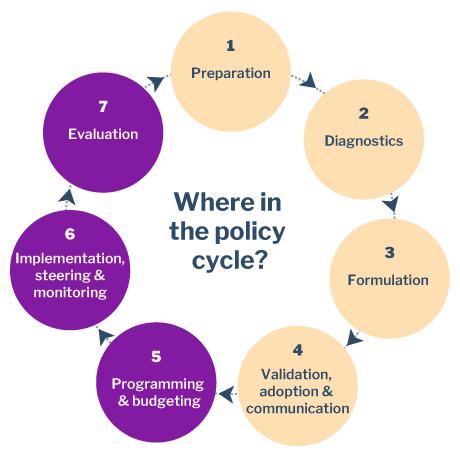Nudging technique: Role modeling
Also: Achieve diversity

Governments around the world are dominated by male leaders, meaning society’s leaders and decision-makers lack female voices and faces. This visible imbalance subconsciously discourages women from leadership roles. Parliamentary leaders in India recognized that the lack of equal gender representation in government meant missed potential in parliament, as well as the future potential of more girls and women aspiring to positions of influence. In 1993 India introduced a quota system requiring one in three leadership positions be held by a woman.
Seeing is believing. In this context, explicit, gender-driven solutions were needed to drive gender equality. Women who made it to parliament acted as role models for one another and for other women and girls in society. Seeing women on the public stage speaking up and making decisions transformed expectations throughout society for women to be more confident and respected as leaders. The quota forced greater equality in visible leadership, which nudged the public’s perception of gender roles in public and private life.
Where in the policy cycle can this approach be used?

Potential for change
Role modeling is a simple and powerful approach that has wide potential. Publicly displaying pictures of important female leaders has been shown to improve the speech performance of girls. Women featured on currency, in history books, or displayed in art museums as independent, contributing members of society subconsciously indicate that girls and women are able – even expected – to have an impact on their society.
Despite the evidence of positive long-term effects, this system was initially met with doubts in India, and could likely meet with resistance in many cultures (quotas for many purposes often meet resistance).
Sources
Beaman,L., Chattopadhyay, R., Duflo, E., Pande, R., Topalova, P. (2012) Female leadership Raises Aspirations and Educational Attainment for Girls: A Policy Experiment in India ![]() in Science 335(6068): 582–586.
in Science 335(6068): 582–586.
Bohnet, I. (2016). What Works, Gender Equality by Design. Cambridge, Massachusetts: The Belknap Press of Harvard University Press.